It was a day to observe important dates. The INESC Brussels HUB Winter Meeting 2025 brought over 200 people to Porto to define the next steps regarding a central pillar for the advancement of science, technology, and innovation in Europe: research and technology infrastructures. The meeting also served as a reminder of Portugal’s progressive European integration, which began 40 years ago – running alongside the establishment and growth of INESC TEC – and marked five years of INESC institutes’ representation in Brussels.
Research and technology infrastructures are a driving force behind the development of the European innovation ecosystem, but there is a lack of spaces to promote discussions around them. That was the goal of INESC Brussels HUB Winter Meeting. In Porto, policymakers, infrastructure managers, and researchers came together to share and discuss outlooks on governance, funding, and the integration of said structures into European, national, and regional strategies.
It was hard to imagine a more fitting theme for the Winter Meeting. INESC TEC, which co-organised the event alongside INESC Brussels HUB, will celebrate 40 years marked by a “deep integration into innovation networks” and a strong “compliance with European agendas.” “Our objective has been to contribute to the definition and implementation of European policies, always ensuring their effective integration with regional and national strategies,” said João Claro, chairman of the Board at INESC TEC.
The stage was set for a full day, divided into two sessions: in the morning, the auditorium of the Faculty of Engineering at the University of Porto hosted lectures and panel discussions to identify the starting point – where we are and where we want to go -, while in the afternoon, it was time to dive straight into action. The agenda? Discussing the challenges and identifying the needs of research and technology infrastructures, so that they can fulfil their mission – and, in the end, present solutions.
“The workshop emphasised that the European R&D ecosystem will not thrive if research infrastructures and technological infrastructures do not unite under a common vision, a vision that transcends labels and ensures an integrated pathway for scientific discoveries to effectively reach industry and society,” stated Ricardo Miguéis, head of INESC Brussels HUB.
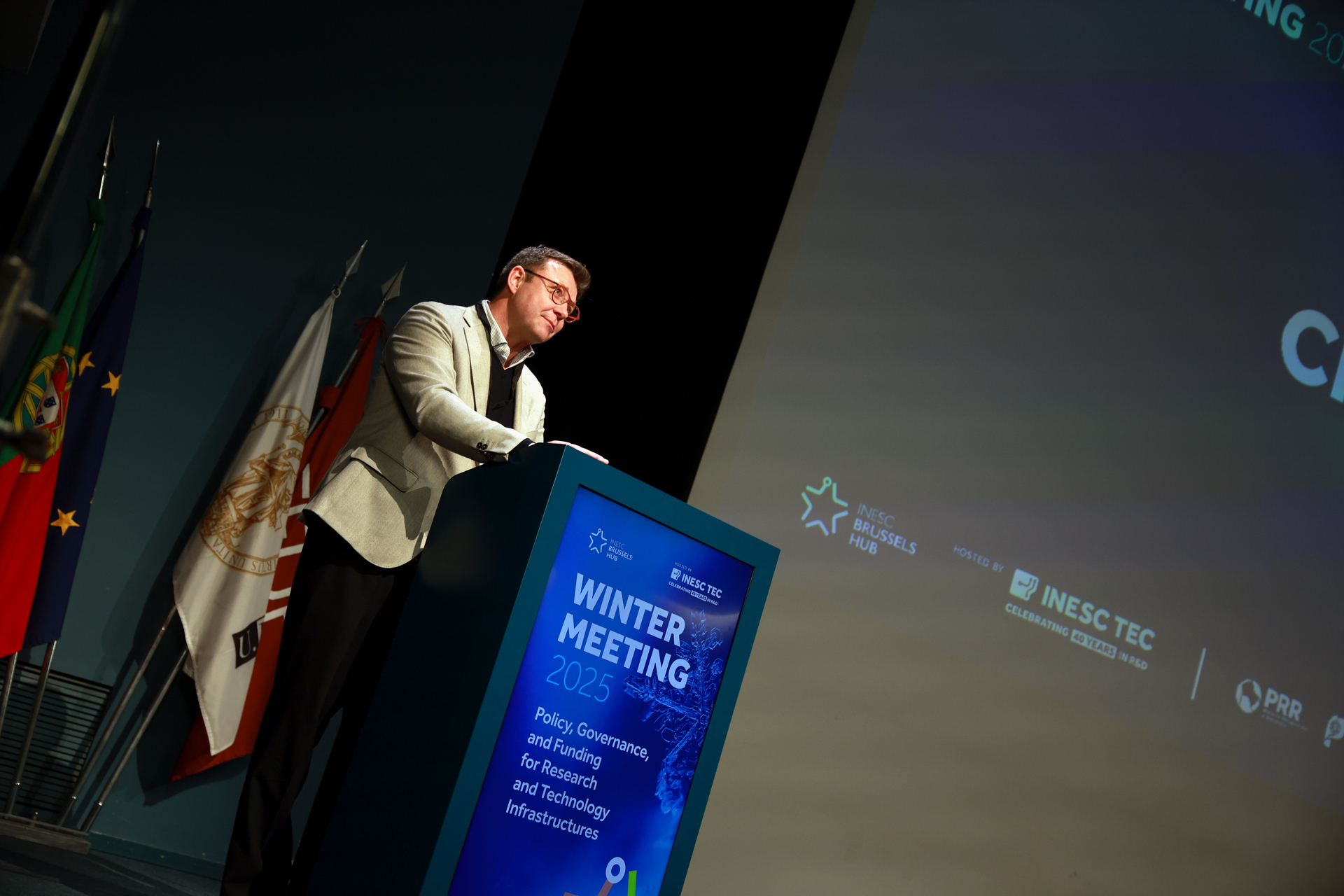
For more accessible infrastructures
In a crucial moment – with geopolitical conflicts adding to the pressure for Europe to take a leading role in technological advancements -, and considering the Letta and Draghi reports, the 200 participants at the Winter Meeting heard recommendations aimed at defining the next era of governance for RTOs (Research and Technology Organisations). Dominik Sobczak, from the European Commission, reinforced the importance of the theme of the event and pointed to the “lack of spaces” like the Winter Meeting to discuss it. After emphasising the urgency of allocating 3% of the European GDP to research activities, he presented the conclusions of the Expert Group on Technological Infrastructures.
“The main objective [of the Group] was to reflect on the concept of a European policy for Technological Infrastructures – something that did not exist,” he explained. The European Commission’s official responsible for this topic argues that these infrastructures, essential for testing and validating technology, “must be accessible to the academic community, industry, and society, and an integral part of economic dynamics, as they are catalysts for technological innovation and market adoption.”
“Our 20-year policy for research infrastructures has a significant gap in addressing the dimension of technological infrastructures.” Thus, we met with Member States, organisations and industry entities to reflect about this issue, on what could be the main elements of this policy,” said Dominik Sobczak.
These outlooks will serve as a “guiding light” for the European Commission to move forward with a holistic strategy, aimed at addressing needs and facilitating technology transfer. Dominik provided a good example: “There is a very strong correlation between the existence of infrastructures and the business dynamism in a particular technological area. And we should be able to adopt a system where, if a good idea is developed around Porto and there are no infrastructures to support it there, it can benefit from services provided in other locations without having to move to those areas.”
Objective: “excellence”
Before the first panel of the day, moderated by Arlindo Oliveira, president of the INESC holding and AI expert, there was still time for Elena Hoffert, vice-president of the European Strategy Forum on Research Infrastructures (ESFRI), to highlight the “more than 20 years” of commitment to support “excellence” RTOs.
More recently, in 2024, ESFRI released a new strategic document that maps the new research infrastructures, along with the needs and gaps of these research interfaces, which, as Elena Hoffert emphasised, “contribute to the European Union’s goals in the digital and ecological transition”.
The first part of the Winter Meeting ended with two panels: one dedicated to compliance with national and regional strategies, which brought together Arlindo Oliveira, Dominik Sobczak, Ricardo Simões (CCDR-N), and Sílvia Garcia (ANI). Next, José Carlos Caldeira, consultant to the chairperson of INESC TEC, moderated the exchange of ideas between Ana Portugal Melo (MIRRI), Ana Teresa Freitas (INESC ID), Bertrand Bouchet (CEA), and Fernando Sousa (CEI) on sustainability, governance, and funding strategies for RTOs.
During the afternoon, participants split into rooms to – following a practical approach organised in collaboration with the RITIFI project – identify the key gaps, challenges, and opportunities for RTOs, with particular emphasis on governance, funding models, and the bridge between these centres and industry. The conclusions of this session will directly contribute to the ongoing discussions at European level on how to increase the efficiency and sustainability of European infrastructures in the coming years.
“People shared very interesting viewpoints on how to ensure the optimisation of infrastructures, so that they can remain at the forefront, and ensure that the speed and scale of investment are also adapted, in order to guarantee that Europe will stay on the map and have the appropriate infrastructures to ensure the adoption of essential technologies to remain competitive,” summarised Sophie Viscido from Technopolis, one of the organisers of the workshops.
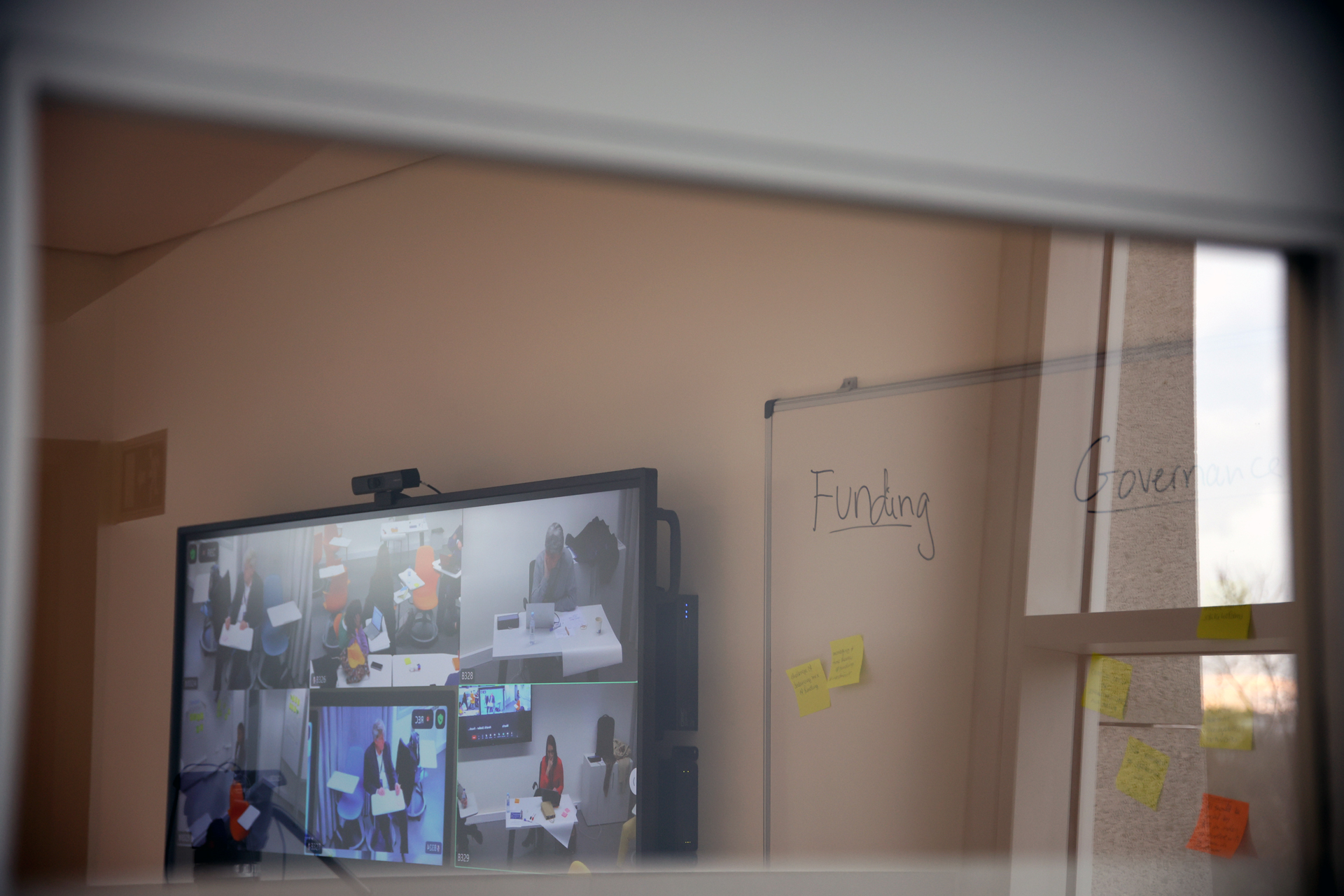
Two parallel trips – the same destination
The Winter Meeting is one of the two flagship events under the INESC Brussels HUB, together with the Summer Meeting, which takes place closer to the second half of the year. The event on March 6 also marked five years of joint representation of the five INESC institutes in Brussels – an “important milestone,” emphasised João Claro.
“Five years ago, we opened our office on Rue du Luxembourg in Brussels – just a few days before the COVID-19 pandemic profoundly changed the way we work, collaborate, and interact internationally. In many ways, the pandemic highlighted the importance of strong and resilient networks and close European connections, which gave greater intensity of purpose to the establishment of our representation. Since then, the INESC Brussels HUB has been growing as a point of connection between our institutes and the wider European research and innovation ecosystem,” he added.
The chairman of the Institute reminded that the path to integration into the European ecosystem began 40 years ago: “Our four-decade journey runs parallel to another historic milestone”, the signing of the Treaty of Accession to the European Communities – which also anchored the country in a joint commitment to prioritise science, technology, and innovation as essential drivers of development. That same year, in 1985, INESC took its first steps in Porto.
“We planned this anniversary year as more than just a reflection on the past; we hope it becomes an opportunity to define our path towards the future. In this sense, we will organise a series of events throughout the year, involving national and international partners to address the key challenges and opportunities in science, technology, and innovation,” mentioned João Claro.
By bringing together experts, policymakers, and representatives of infrastructures from across Europe, “the Winter Meeting reaffirmed the role of the joint action of INESC institutes as an active force in strategic dialogue and the development of policies in the field of science and innovation,” he continued.
“At a time when the future of research and technology infrastructures in Europe is being redesigned, the event made it clear that only through cooperation, vision, and coordinated action will it be possible to ensure a truly robust, inclusive, and impact-driven European ecosystem,” concluded João Claro.


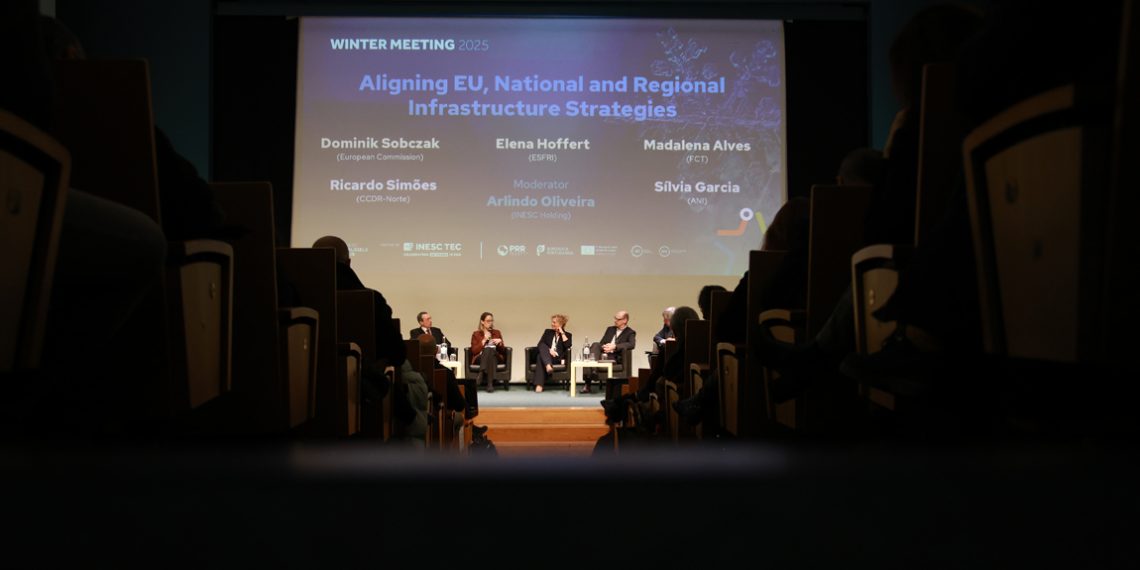
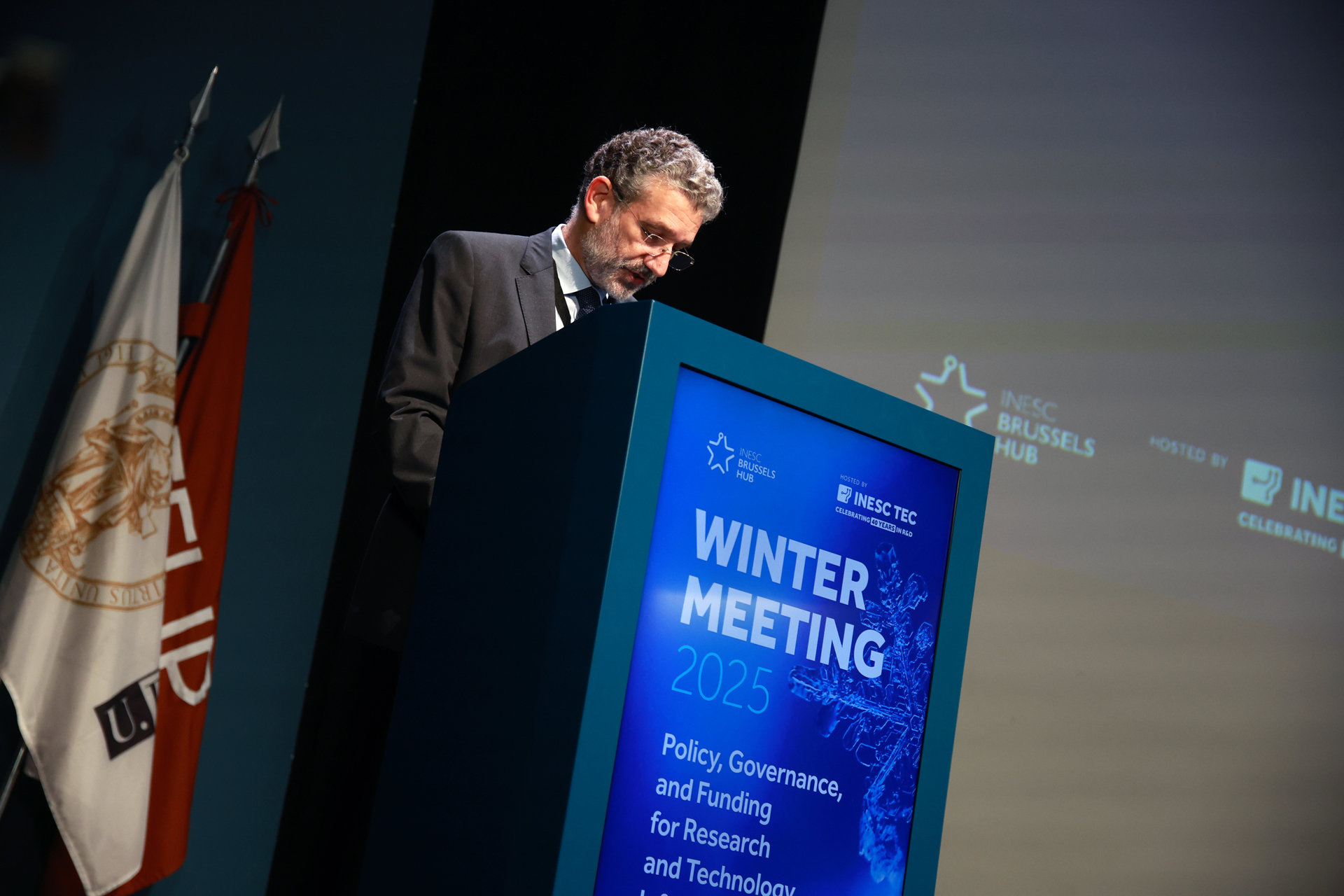
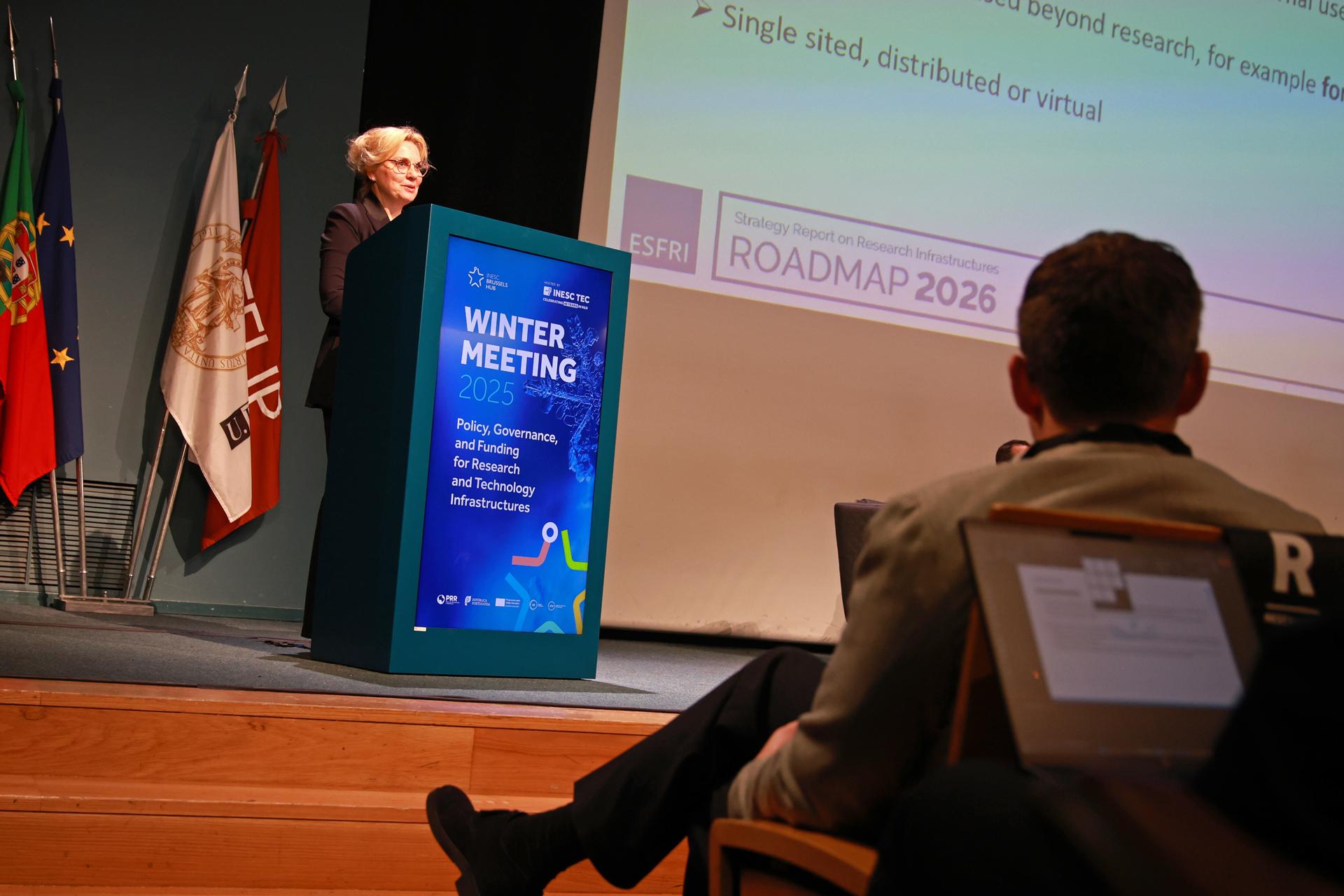
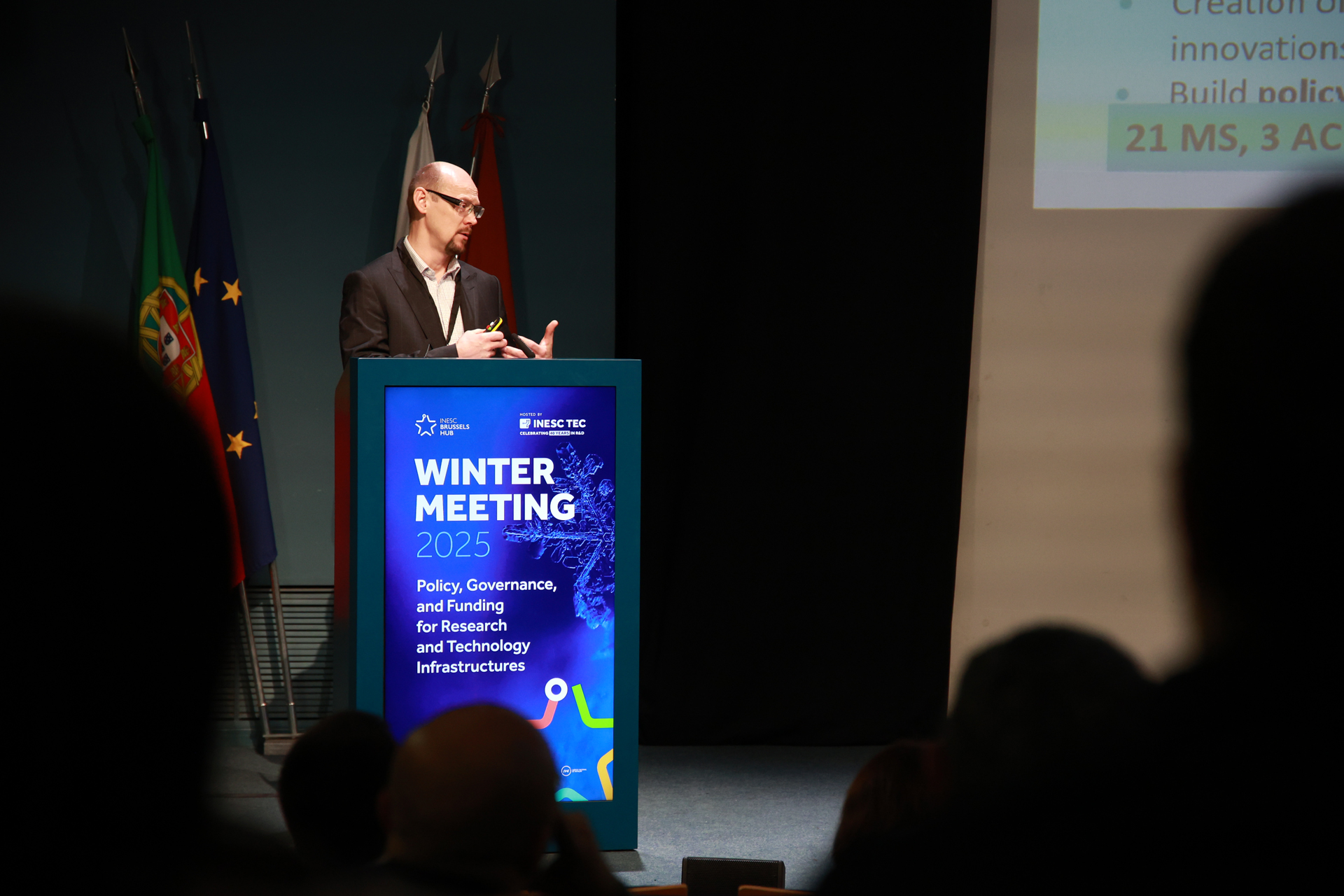
 News, current topics, curiosities and so much more about INESC TEC and its community!
News, current topics, curiosities and so much more about INESC TEC and its community!